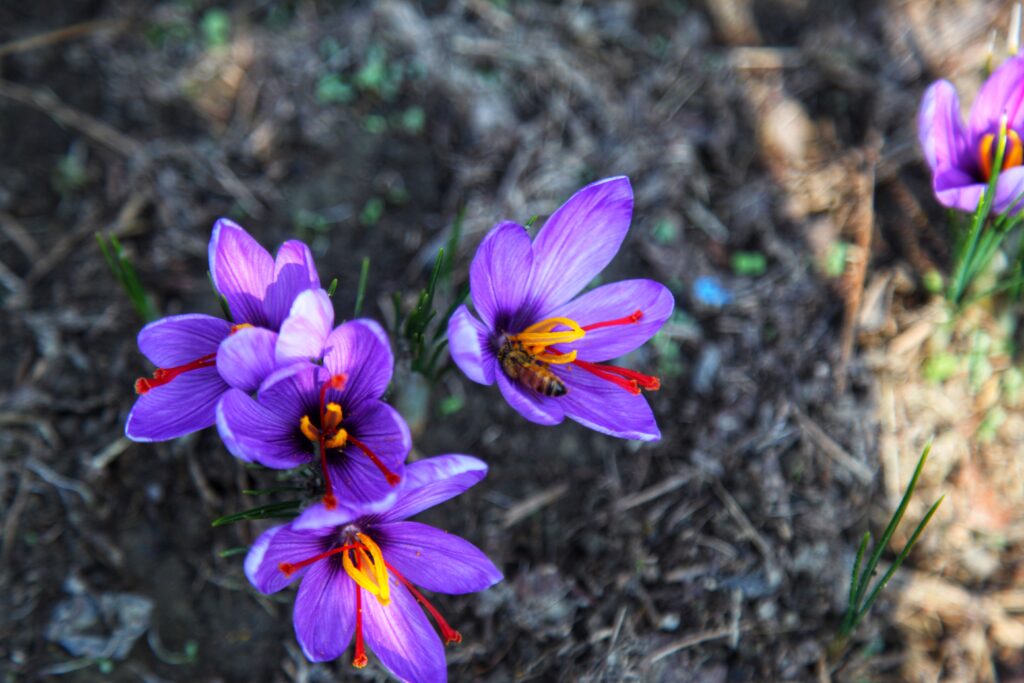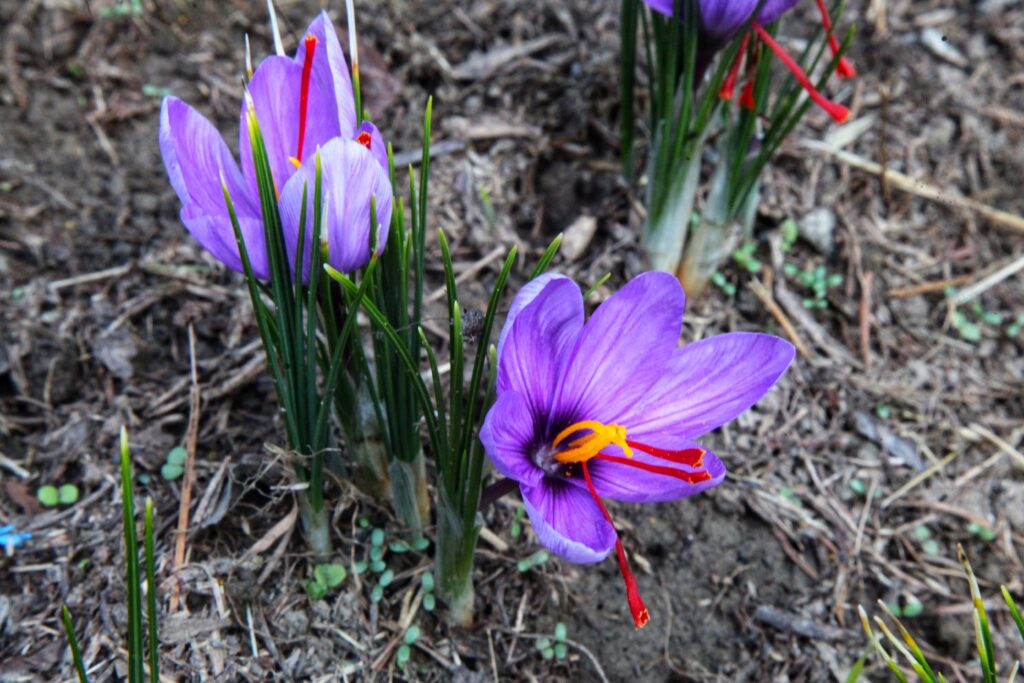Kulgam Scientist Dispels Myth, Shows Saffron Can Grow Across Kashmir

Decades of popular perception said that saffron grows only in Pampore’s karewas, the historic homeland of the world’s most expensive spice. But Kulgam district’s agriculture scientist Zahoor Ahmad Reshi has dispelled that long-standing perception through extensive scientific research and field trials. His achievement has shown that saffron can, indeed, be grown in any location in Kashmir, as long as the producer is aware of its technical and climatic conditions.
Reshi started two years ago with a trial of bioponics in order to learn about the stages of growth of saffron, its temperature sensitivity, and soil tolerance. In addition to this, he set up a field trial to see the crop grow in Kulgam’s unique weather and soil conditions. “All studies till now indicated that saffron can grow only in Pampore’s karewas,” Reshi said. “But through regular trials, I discovered that saffron can be grown successfully everywhere in Kashmir. The idea that it grows in just one place is a myth.”

[Photo By Hilal Zargar]
He said his experiments have already resulted in top-grade saffron, a major breakthrough in pushing the cultivation of the crop beyond its historical areas. “I worked on this project for the past two years and succeeded,” he declared. “Next month, I will be bringing out a book detailing the whole process from soil preparation to bioponic techniques so that farmers and students will also gain from this new knowledge.”
Reshi’s trials revealed several critical insights. Contrary to the popular assumption that saffron thrives only in dry soil, he discovered that the crop actually requires moderate moisture during its transformative stage, when the corm (bulb) begins active growth. “During this period, saffron needs as much water as vegetables do,” he explained. “Adequate irrigation at this stage ensures healthy corm multiplication and higher flower yield.”
Yet he warned that after the crop has reached its dormancy phase usually sometime after the last of May the soil must be kept absolutely dry to avoid rotting. For this reason, he favors growing in raised beds that provide good drainage while eliminating excess moisture. “Saffron’s development has a natural cycle,” he said. “Attaining this cycle and controlling moisture scientifically are the secrets of success.”
In Kulgam’s more temperate weather, saffron starts to bloom in early October, weeks before Pampore’s fields. “The soil temperature here decreases around 5–6°C compared to Pampore, so my flowers flower early,” he indicated, pointing to bursts of bright purple blooms. “Likewise, in Kashmir’s upper belts, flowering can even commence as early as September. That difference actually serves to illustrate the plant’s plasticity — it just adapts wonderfully to local microclimates.”
Reshi underscored the potential of saffron cultivation to serve as a source of alternative livelihood for the youth of Kashmir in the face of increasing unemployment. “In modern times, when unemployment is on the rise, people must give serious thought to agriculture and horticulture as viable areas,” he exhorted. “Don’t think of farming as a shame make it your passion. If you do it with dedication and scientific awareness, you will get rewarded for your toil.”
His goal goes beyond saffron farming. He wishes his research will motivate a new generation of agro-innovators in Kashmir who will be able to merge tradition and modern technology to become self-sufficient and sustainable. “We have tremendous potential in our land and weather,” he explained. “All we require is awareness, training, and motivation.”
Reshi is no stranger to innovation. Only last year, he created headlines by growing Mushk Budji rice, Kashmir’s rare and fragrant variety, on the roof of his house without soil. Employing hydroponic farming methods, he grew the once-threatened rice variety in nutrient water under controlled environmental conditions. The experiment proved a 100% success, growing the grains famous for their unique aroma and taste.

Mushk Budji was near extinction through disease and low yield, but I wanted to demonstrate that it could be brought back using science,” he said. “This experiment proves that even tiny urban areas can turn into productive farms.” The variety, which now commands up to ₹20,000 per quintal in markets, stands for cultural renaissance as well as farm innovation.
From cultivating saffron in non-conventional soil to making scented rice without it, Zahoor Ahmad Reshi is breaking the mould of what can be achieved in Kashmir’s agriculture. His actions dispel myths, rewrite research, and rekindle hope, demonstrating that the Valley’s future could prove as lovely as his saffron fields.





